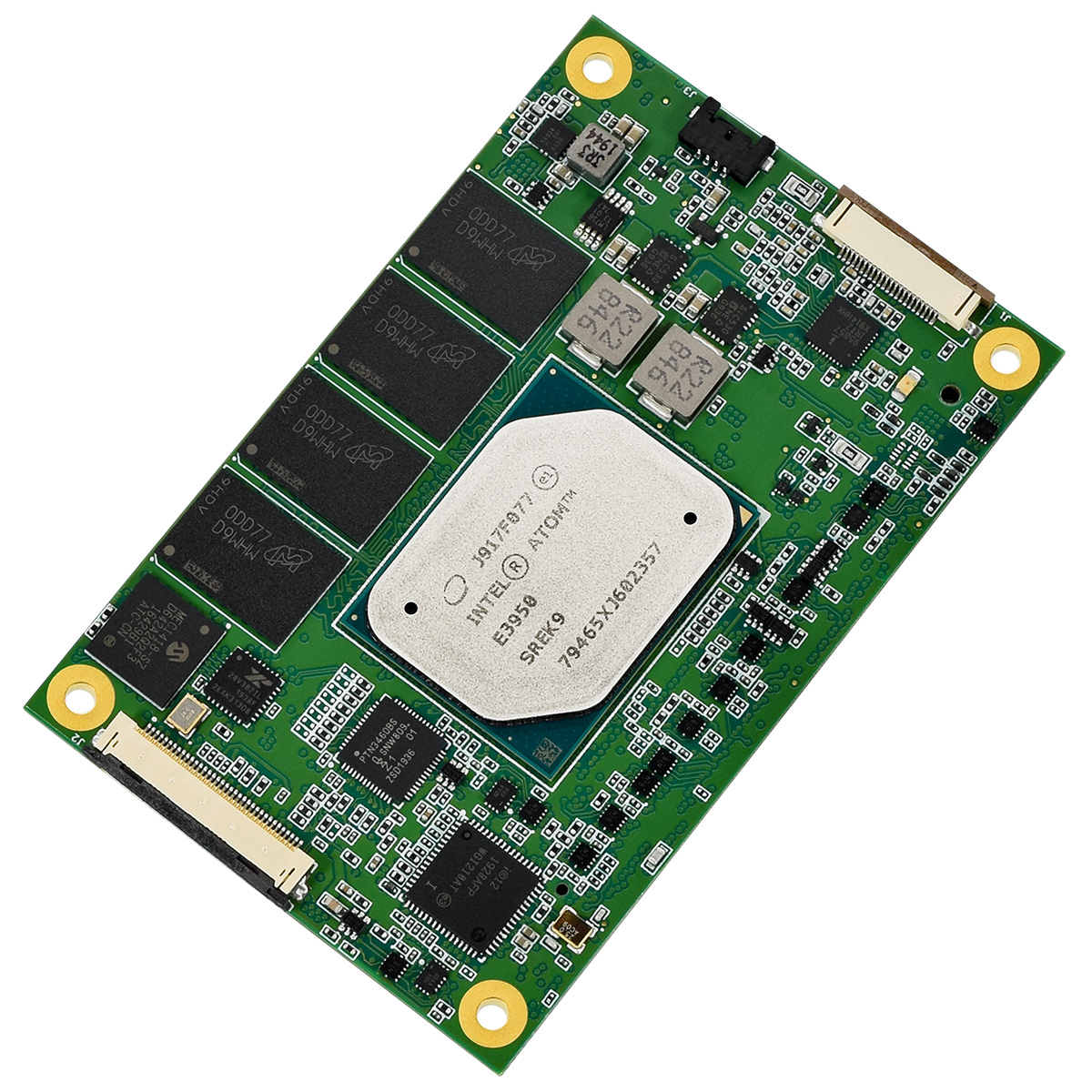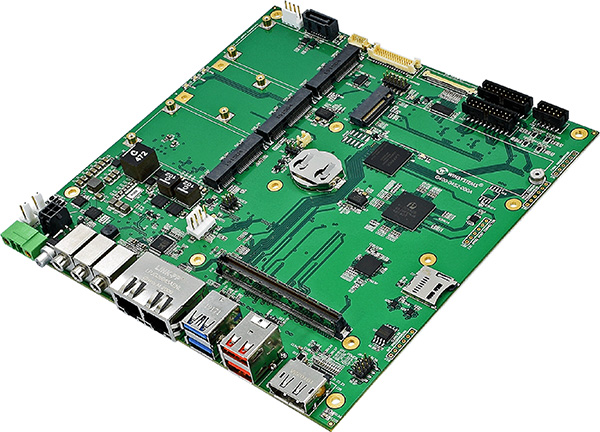
As more computational power is required at the Edge, embedded systems are often required to adapt for additional functionality, together with extensive connectivity and sensor inputs for the expanding Industrial Internet of Things (IIoT).
The Cybersecurity Improvement Act (2020) defines the minimum security requirements for IoT devices and vulnerability disclosures. Although focused on IoT devices bought by the federal government, it is likely to be a driver across the industry to implement these minimum security requirements in embedded systems to make IoT devices secure.
Computer-on-Module (COM) solutions are finding traction here. The structure – a mezzanine board equipped with a CPU, memory and basic I/O which interfaces to one or more carrier boards – can provide an adaptable solution for I/O and system requirements. COM technology allows designers to accelerate development time, develop prototype systems faster and at less cost than using CPU-based designs, and also allows them to easily differentiate features using application specific carrier boards. The solution can then be offered with different performance options within the CPU family or upgraded to newer generations of CPU.
COM technology is not new, it has been around in various forms for decades. Industry standards PC/104, COM Express, SMARC and Qseven ensure manufacturing standards and industry-wide compatibility. There is also a strong ecosystem, resulting in a wide choice of CPU and I/O from multiple vendors, which allows developers to adapt and upgrade with ease, as new components are introduced.
As customers become more aware of security requirements, such as the IoT Cybersecurity Improvement Act, they have requested a USA-made COM Express Type 10 Mini module with TPM 2.0 onboard. In response, WINSYSTEMS has introduced the COMeT10-3900. It is engineered specifically for rugged industrial environments yet costs less than a comparable mil-spec COM module.

It has a wide input range of 4.75V – 20V DC and a wide operating temperature range of -40°C to +85°C.
It also has on-board discrete TPM 2.0 hardware security. This security module, developed by the Trusted Computing Group, defines a hardware root of trust which operates in conjunction with software to provide:
♦ Protected Capabilities – or functions – which cannot be tampered with and so are inherently trusted;
♦ Shielded Locations – where sensitive data can reside when it is being operated on; and
♦ Protected Objects – which hold sensitive data which is encrypted when it is not in a shielded location.
These safeguards help prevent systems from being hijacked by malware at boot-up and that data is protected during the system’s operation.
Having TPM 2.0 on the module means that security on existing embedded designs can be improved without modification to the carrier design, saving time and cost in protecting a system against cyber-attacks.
WINSYSTEMS also offers the ITX-M-CC452-T10 industrial Mini-ITX Type 10 carrier board in conjunction with the COMeT10-3900 module. The carrier board has industrial-rated components and is production-ready for industrial applications.

The carrier board provides support for display, multiple I/O and expansion options and the carrier board supports all interfaces on the T10 connectors for WINSYSTEMS’ COMeT10 modules.
WINSYSTEMS is one of only a few companies currently offering a COM Express Type 10 Mini module designed and manufactured in the USA and engineered for rugged, industrial environments.
The accelerated prototyping afforded by TPM 2.0-compliant COM modules and the ease of replacing legacy modules ensures that embedded systems can be easily upgraded to meet the growing security concerns of the IIoT to maintain reliable, secure operation.
